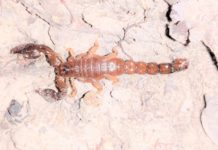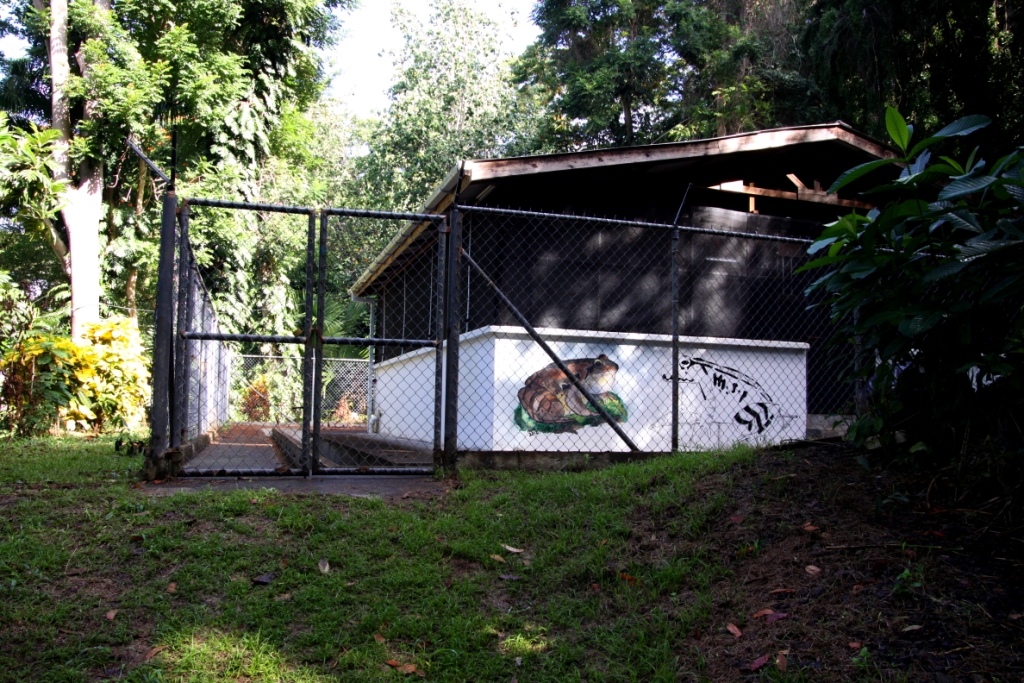This is Emma here, I’ve made the hop from Montserrat to Dominica to assist with the captive breeding programme for the Mountain Chicken (or Crapaud as they’re more commonly called here).
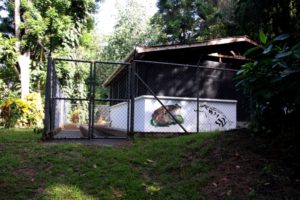
The facility I’m working in is rather interesting place, as well as attempting to breed the crapaud, we’re also breeding thousands of insects on which to feed them (I’ve been informed that there’s no such thing as an overweight crapaud), so learning how to maintain these has also been an additional challenge for the team out here. Within the facility food-wise we’re currently breeding cockroaches, three species of crickets, snails and slugs – so as you can imagine we’ve got quite a number of bin-fulls going on! Believe it or not however, despite our efforts (and thousands upon thousands of insects), there’s just not quite enough food in the facility! So in addition to the breeding we’re also conducting semi-regular trips into the field to stock up on extra cave crickets and slugs in order to keep the frogs happy and get them into breeding condition. With breeding condition just around the corner it’s vital we get the frogs as happy and healthy as possible to maximise our chances for successful mating.
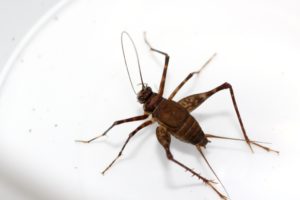
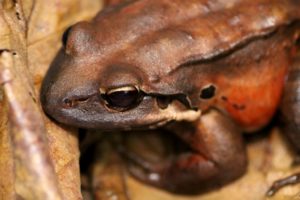
The breeding season starts in March/April and soon enough the male frogs will start calling around the island encouraging the females to join them in their burrows where (if all goes well) a foam nest will be created by the female, and unique for frogs, who’ll stay with the nest feeding the tadpoles unfertilised eggs until they’re big enough to hop off by themselves! In the facility in order to try and get the crapaud into breeding condition this year we’re providing the frogs with breeding containers which mimic the burrows they have in the wild, extra food (making and laying eggs requires a lot of energy) and we’re also working on making sure the frogs are well hydrated by our sprinkler system, as this tends to make them more active and noisy!
The call of the crapaud is very distinct, I tend to think of it as a trill, however the pitch can be very variable! At the moment we’re hearing occasional calls in the facility, but it’s a little early yet for those in the wild, nonetheless if anybody on Dominica observes any frogs or hears the frogs calling please get in touch and tell the forestry department where and when you heard/saw it. Over my stay here I’m hoping to create a map of their distribution based from sightings and calls, but need your help to do so! So please if you have any information please email me at crapaud.dominica@gmail.com and the forestry department at forestry@dominica.gov.dm.
By Emma Downie, Volunteer in Dominica




